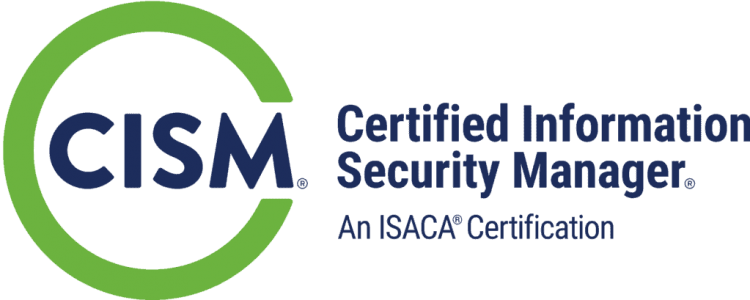Course Overview:
This course engages students by providing in-depth knowledge of the most prominent and powerful attack vectors and an environment to perform these attacks in numerous hands-on scenarios. This course goes far beyond simple scanning for low-hanging fruit, and shows penetration testers how to model the abilities of an advanced attacker to find significant flaws in a target environment and demonstrate the business risk associated with these flaws.
A skills focus enables the student to better absorb the subject matter and perform successfully on the job. This is not death by power point. The course is aligned with information assurance operators and executing hands-on labs. Lecture and labs walk the student through the knowledge required to truly understand the mechanics of the attacks and the effectiveness.
Attendees to TN-989: Advanced Penetration Testing, Exploits, and Ethical Hacking course will receive TechNow approved course materials and expert instruction.
Date/Locations:
Course Duration: 5 days
Course Objectives:
- Accessing the Network
- Advanced Fuzzing Techniques
- Advanced Stack Smashing
- Attacking the Windows Domain – Enumeration
- Attacking the Windows Domain – Restricted Desktops
- Attacking the Windows Domain – The Attacks
- Building a Metasploit Module
- Crypto for Penetration Testers
- Exploiting the Network
- Fuzzing Introduction and Operation
- Introduction to Memory and Dynamic Linux Memory
- Introduction to Windows Exploitation
- Manipulating the Network
- Python and Scapy For Penetration Testers
- Shellcode
- Smashing the Stack
- Windows Heap Overflow Introduction
- Windows Overflows
Course Prerequisites:
- GSEC or equivalent experience
- UNIX, Windows, Networking, and Security Experience
- This is a hands-on skill course requiring comfort with command line interaction and network communications
Comments
Latest comments from students
User: ryanv Instructor comments: Great. Facilities comments: N/A. Hotel. User: sean.hollinger Instructor comments: Instructor is technically knowledgeable as he has been on every course I've taken with TechNow. Facilities comments: adequate
